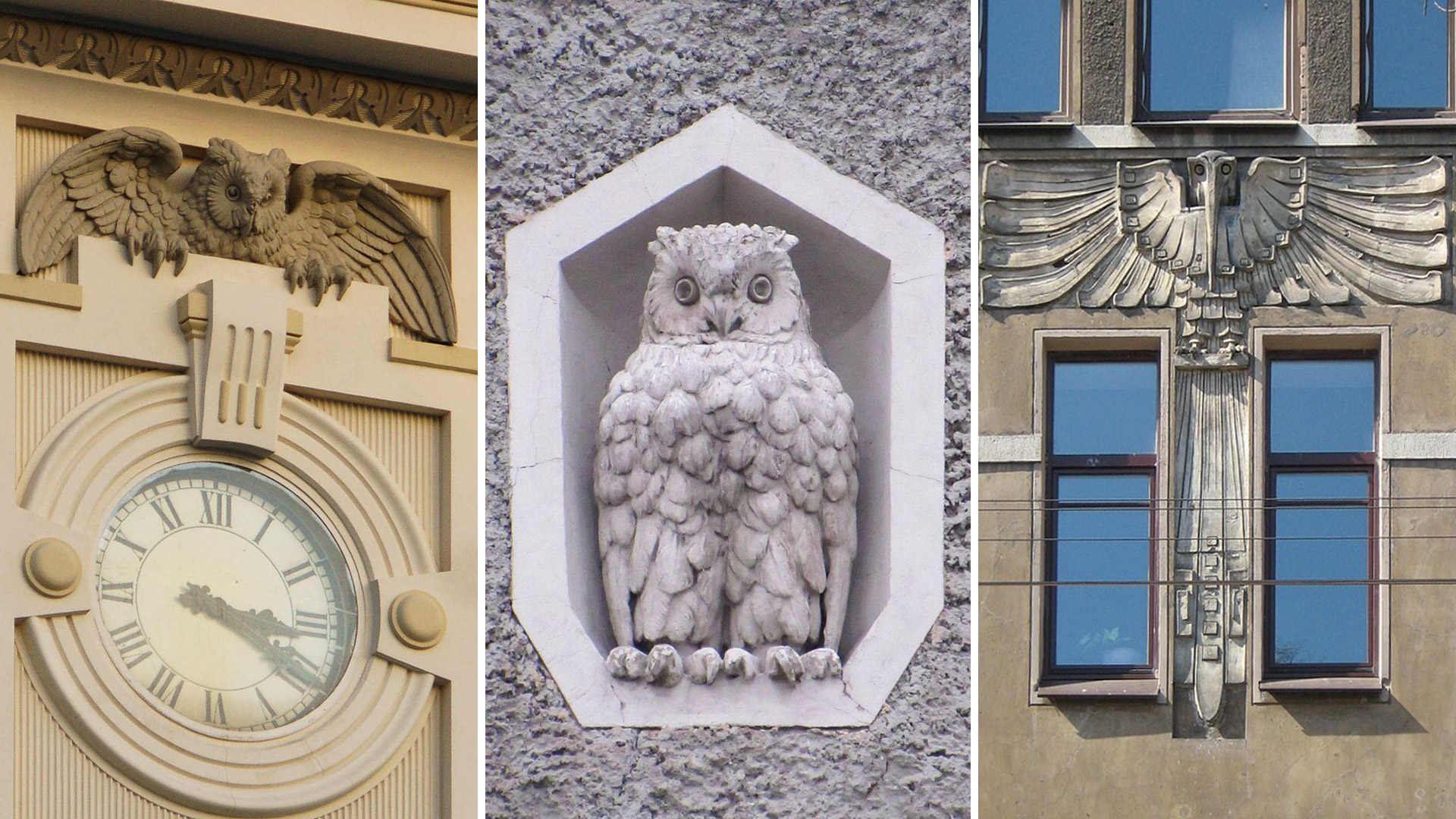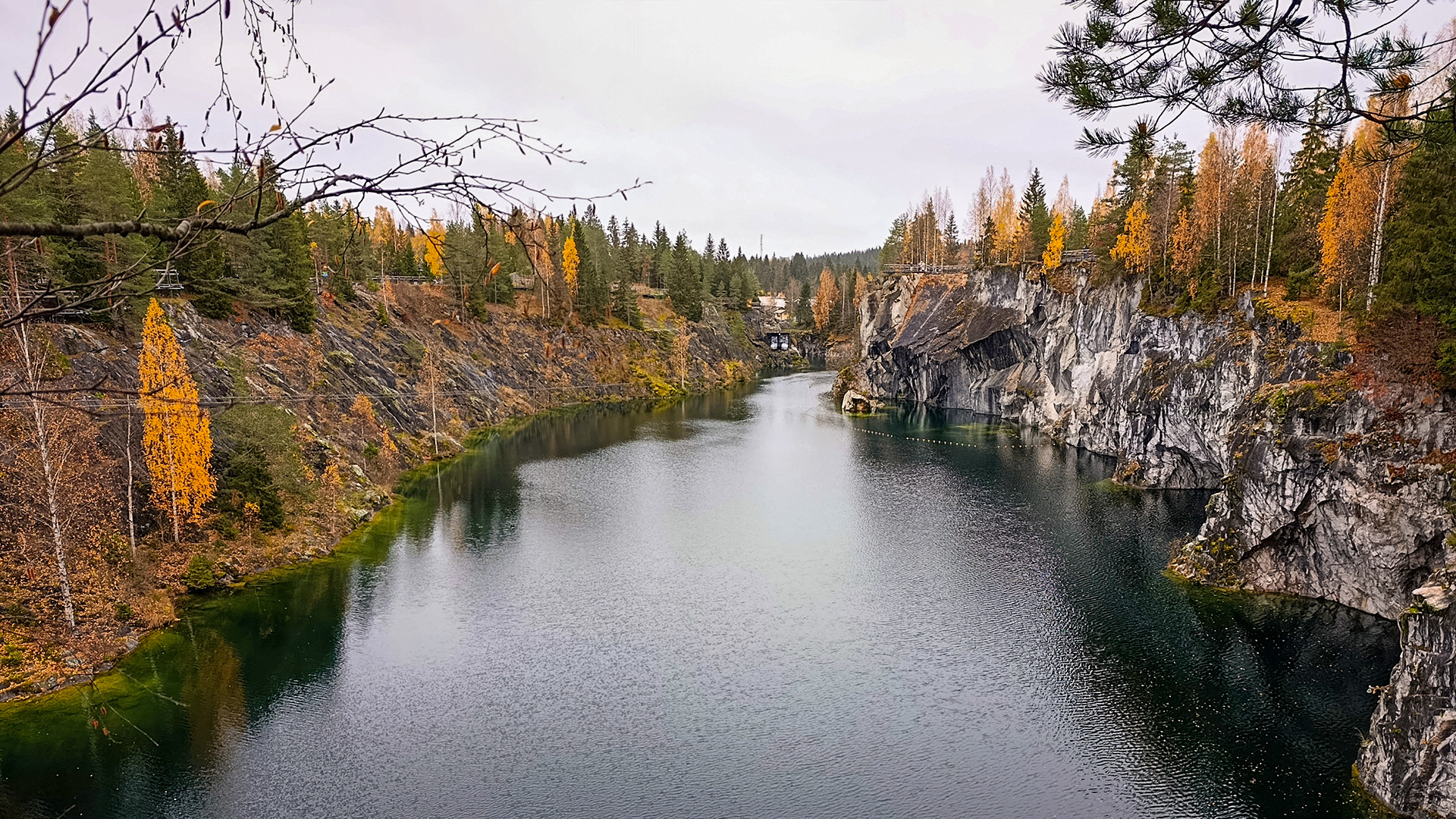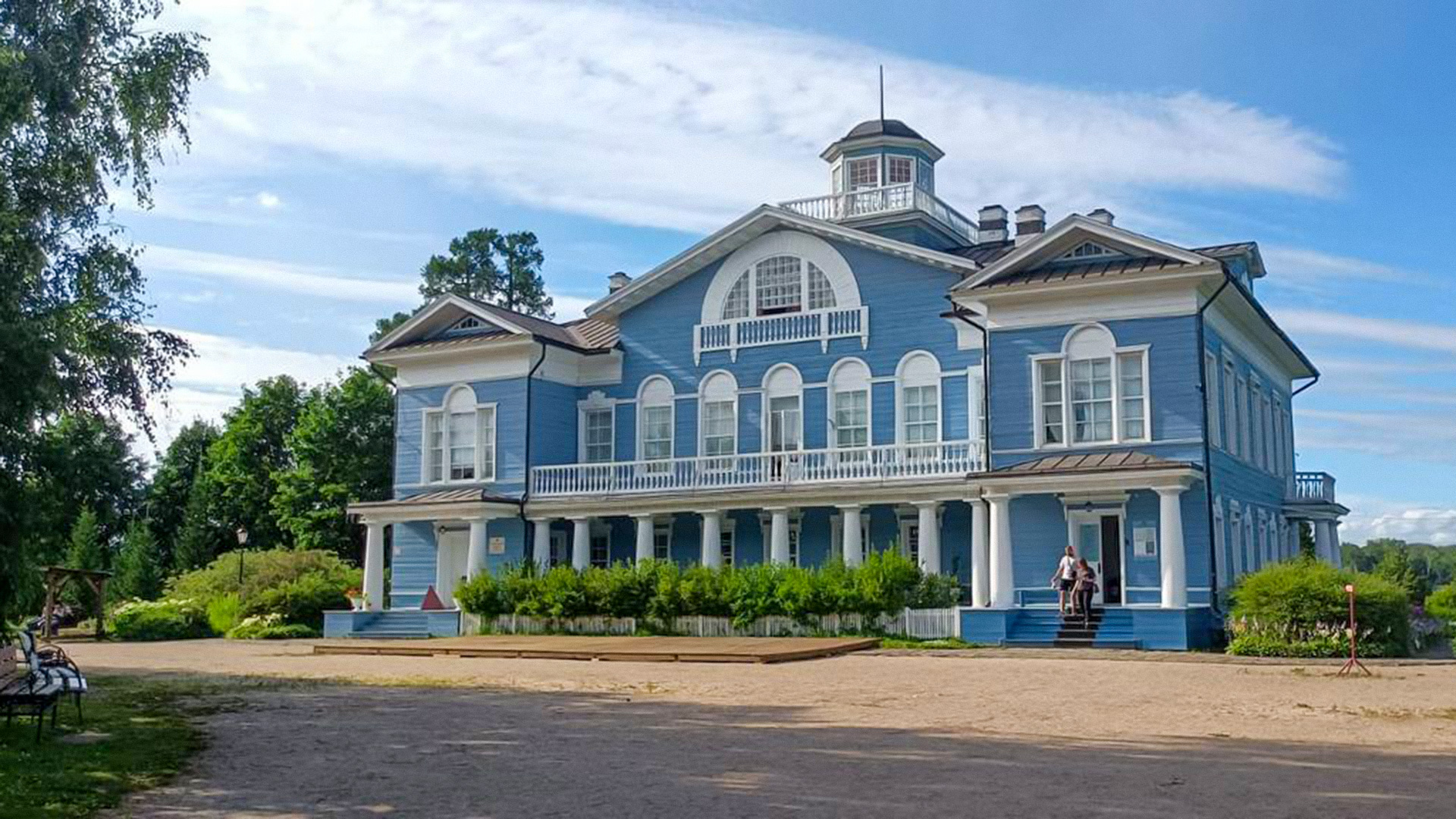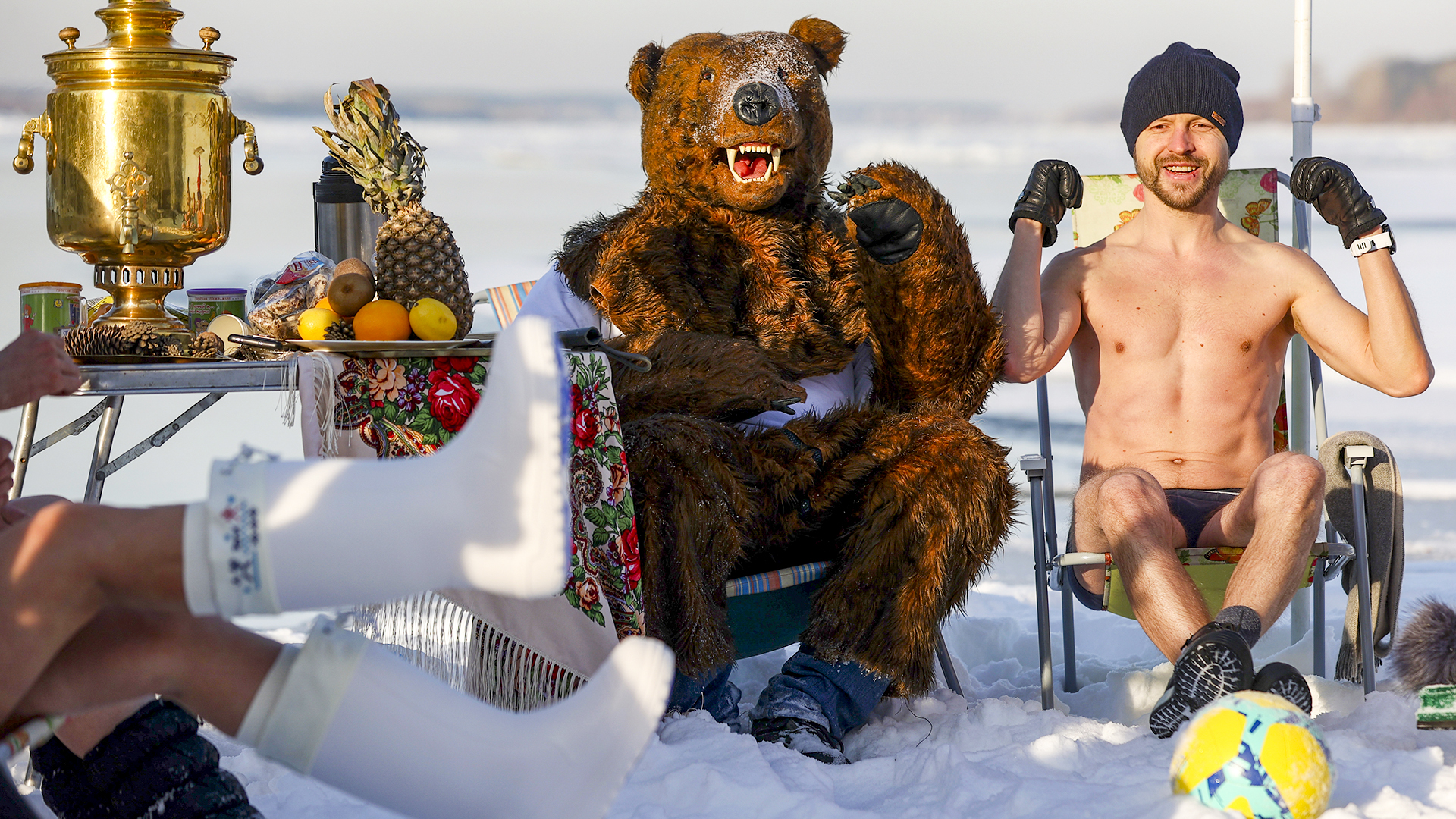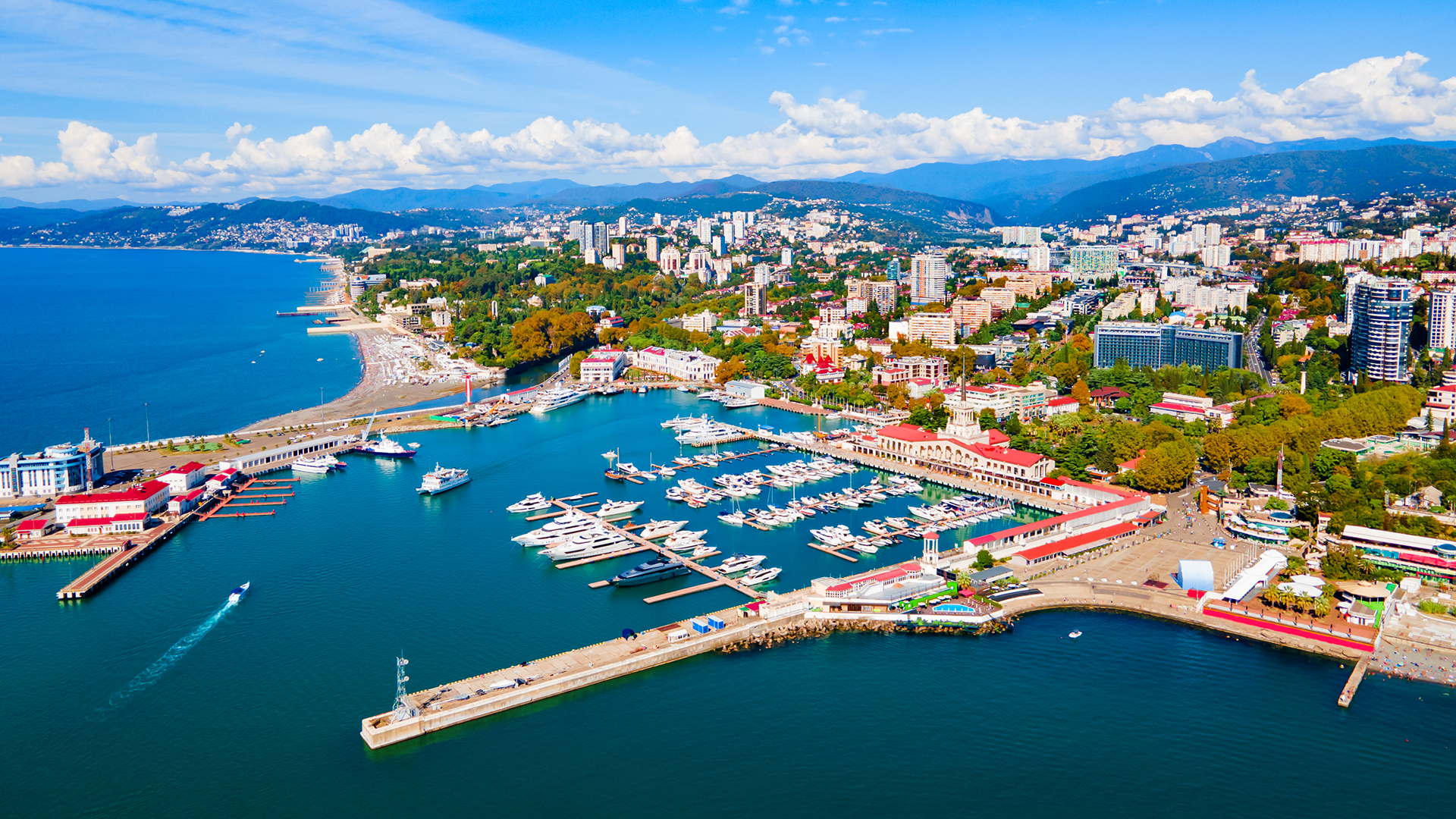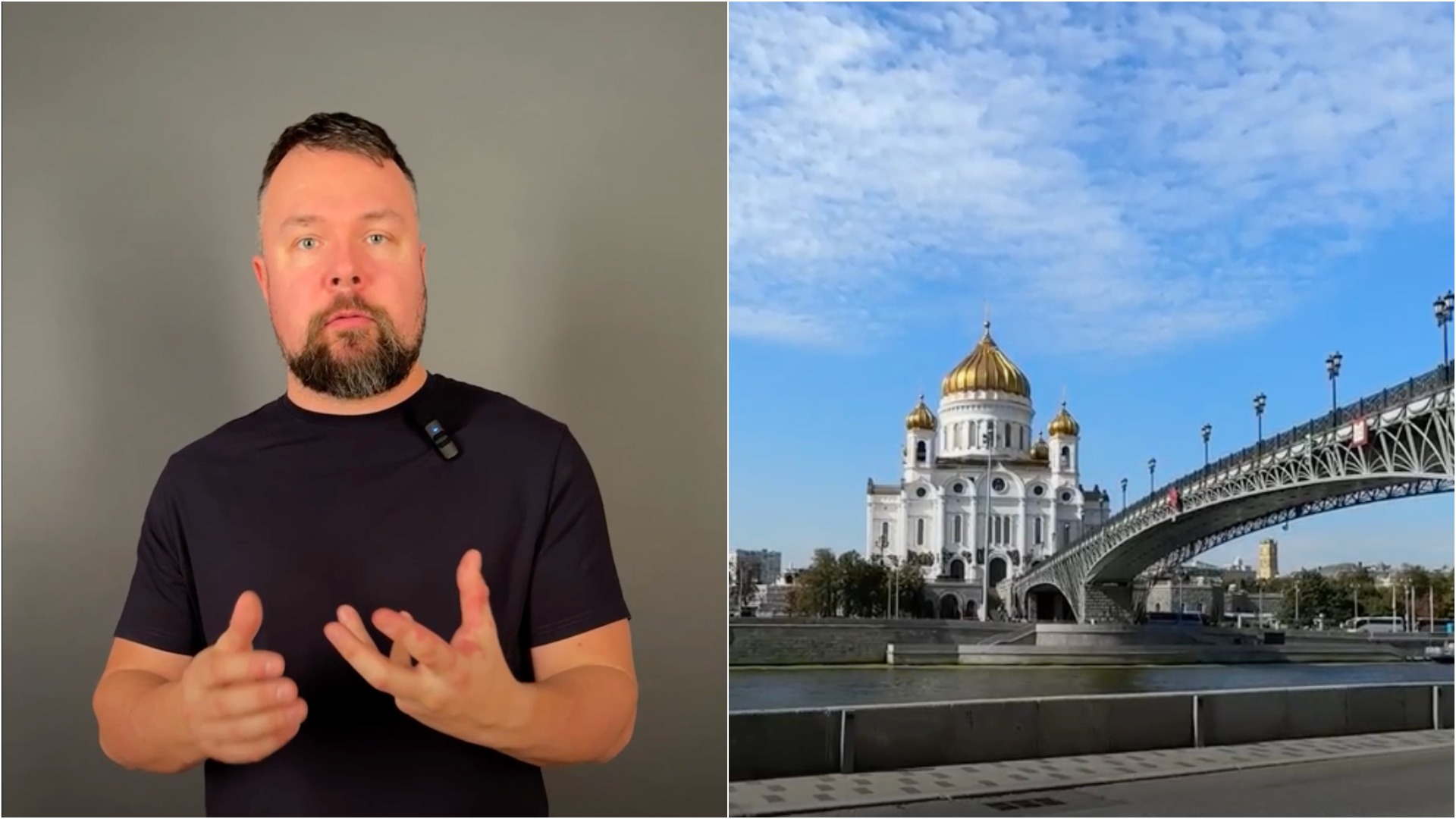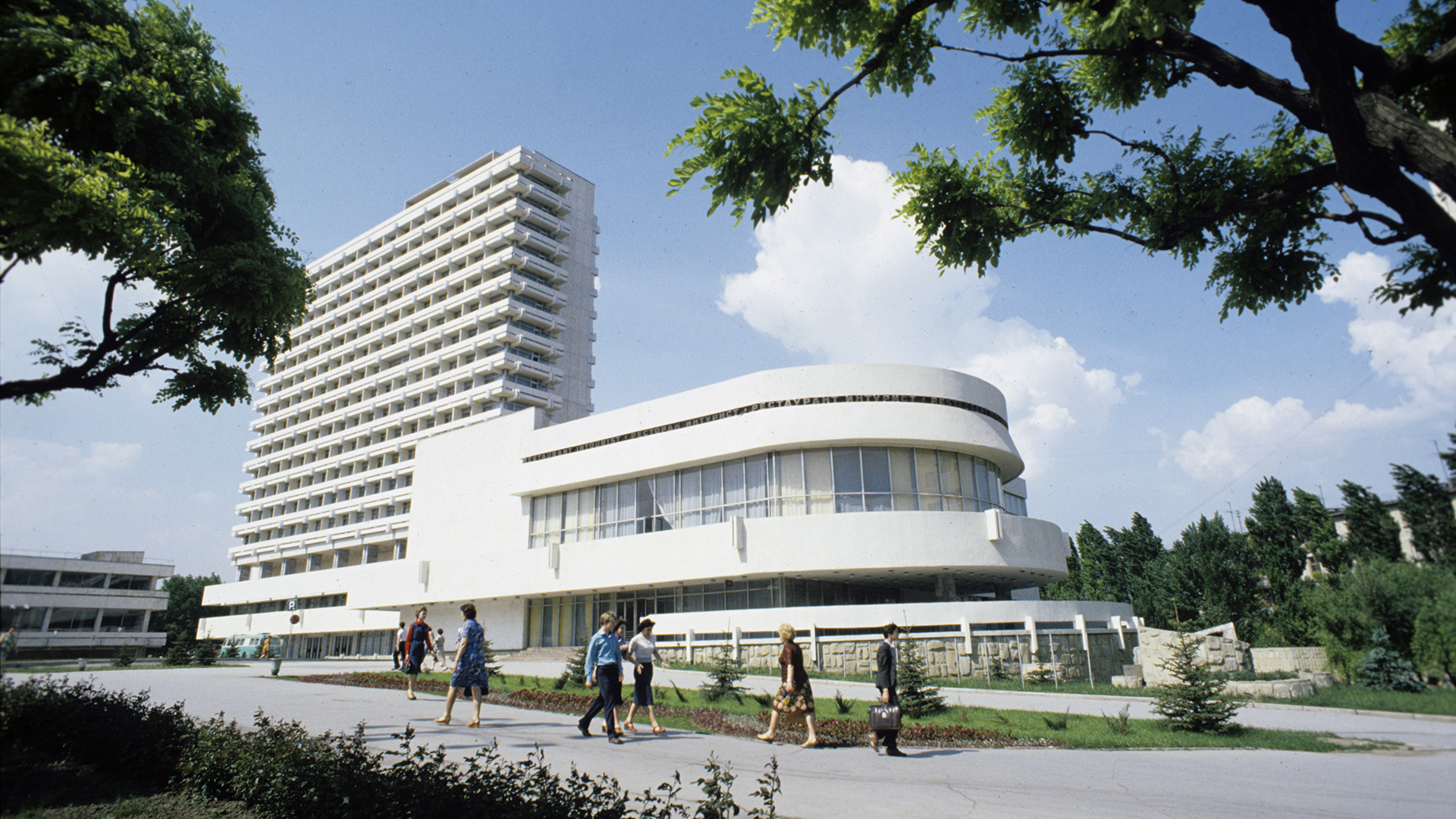
8 must-visit places in Dagestan (PHOTOS)

1/ Naryn-Kala Fortress in Derbent

Founded in the 5th century, Derbent is considered the most ancient city in Russia (although Crimea’s Kerch competes with this title). In addition, it is the southernmost city in the country. Its main attraction is the Naryn-Kala, a 6th-century Persian fortress on the top of a mountain. Its two huge walls go straight into the sea, protecting the city from enemies from all sides, which is why it is called the ‘Caspian Gate’. Picturesque views of both the Caspian Sea and the Caucasian mountains open up from the top.
Check out more photos of the fortress here.
2/ Juma Mosque in Makhachkala

This snow-white mosque was built in 1997 and its design was inspired by the famous Blue Mosque in Istanbul. It is the second largest mosque in Russia and Europe (after Chechnya’s ‘Prime of Muslims’ mosque in the city of Shali), and can accommodate up to 17,000 worshipers. The mosque has two minarets and 57 (!) domes in total. The interior decor is no less grandiose than that of the Istanbul prototype.
3/ Sulak Canyon

This is one of the most famous places in Russia’s south and a real calling card of the region, where there are crowds of tourists all year round. The canyon in the Sulak River valley is considered the deepest in Europe (maximum depth is 1,920 meters (6,300 ft.), which is even more than the Grand Canyon in the U.S.) and its total length is 53 kilometers (33 mi.).

Tourists are taken along a narrow winding canyon at breakneck speed on boats. And, in the narrowest part of the canyon, there is the man-made ‘Noho Cave’ and a suspension bridge, from which you can bungee jump or ride down a zip line.
4/ Sarykum sand dune

Scientists are still arguing about how a whole sand dune “blew up” in this place between the mountains and the sea (there are several romantic legends about this). Sarykum is the largest dune in Europe and a habitat for many rare plants and animals. But, even the proximity of scorpions and snakes do not scare bloggers, who boldly step on the sand for a beautiful sunset photo (But we don’t recommend doing this! It is a nature reserve, after all).

By the way, the famous Soviet movie ‘White Sun of the Desert’ was filmed here.
5/ Gamsutl ghost village

It's frequently referred to as ‘Dagestan's Machu Picchu’, ‘ghost village’ and even ‘the city of the dead’. People settled there more than 2,000 years ago, but no one has lived there for many years: some left for the cities and, in 2015, the last local resident died. But, at one time, Gamsutl was an impregnable and very developed mountain village, which no enemy could conquer. From the language of the local Avars (the largest ethnic group in Dagestan), Gamsutl is translated as ‘the foothills of the khan's tower’. Today, you can wander through the remains of stone buildings and take some very mystical photos.
Check out more photos of this mysterious place here.
6/ Khunzakh village, Dagestan’s ancient capital

This mountain village is located at an altitude of 1,700-2,000 meters and is considered one of the oldest settlements in the Caucasus. Archaeologists have found artifacts dated more than 2,500 years old. In the 12th-19th centuries, Khunzakh was the capital of the Avar Khanate, a fairly powerful state. And after joining the Russian Empire, it became an outpost of the Russians in Dagestan. As a result, the Khunzakh Fortress was built here in the 19th century.
One of the most famous natural attractions nearby is the Tobot Waterfall, about 70 meters high.
Check out more photos of Khunzakh here.
7/ Abandoned Lun-class ekranoplan

Tourists and bloggers often take selfies with the ‘Lun’ in the background. This huge Soviet missile carrier built in 1983 stands abandoned right on the beach near Derbent. The ekranoplan could fly very close to the surface of the water, remaining invisible to enemy radar systems. The Russian military gave up the development of such a project and the combat vehicle was supposed to be disposed of. But local activists asked to keep it as a museum object.
8/ Kubachi, a native land of silver craftsmen

The mountain village of Kubachi is famous for its craftsmen, who work with metal in a filigree manner. Jewelry, dishes and, of course, cold weapons from local craftsmen are famous throughout Russia. Hereditary craftsmen have been working in this village for many generations. By the way, the Kubachi people make up an entire separate ethnic group. Tourists can step inside some of the home workshops of local jewelers and gunsmiths and, of course, it is impossible to leave without a silver souvenir!





